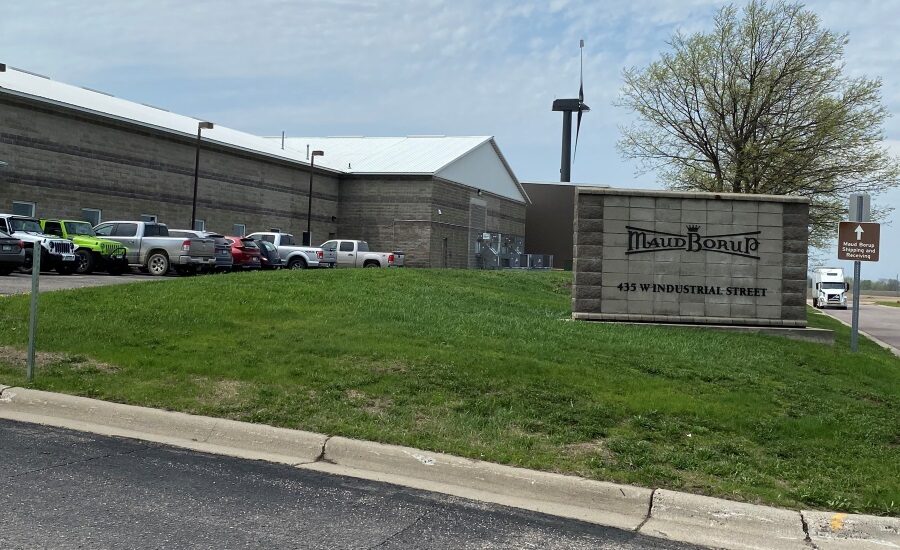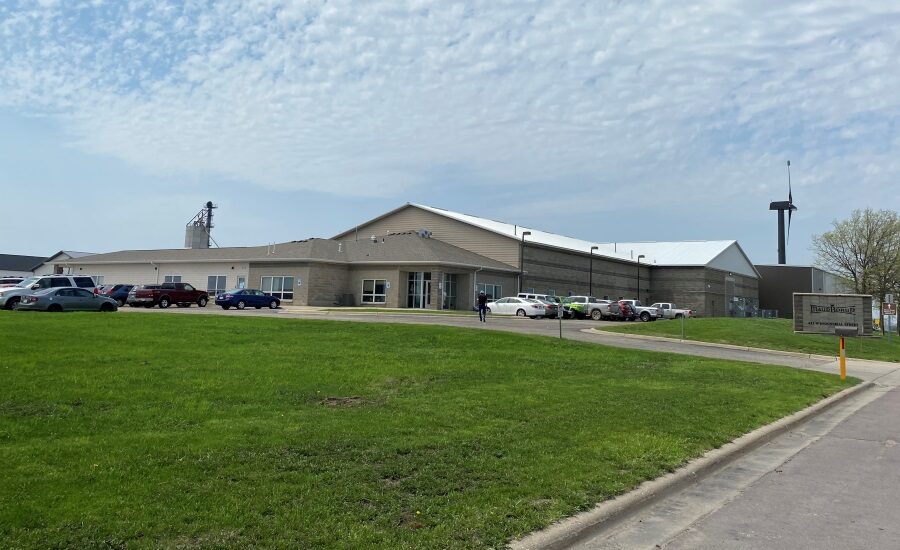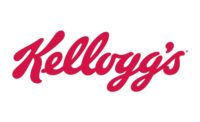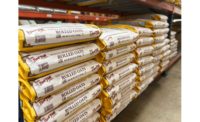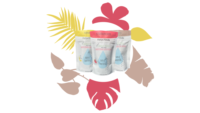Maud Borup started in 1907 when its namesake owner began to make candy in her St. Paul home using original recipes, high-quality ingredients, and copper kettles.
Christine Lantinen has been leading the chocolate-covered charge since 2005. Through Christine’s leadership, Maud Borup continues to introduce new and indulgent products, while ensuring that sustainable practices are considered every step of the way.
Candy Industry Senior Editor Liz Parker was able to talk to Lantinen about the company's sustainability practices, as well as the steps it took to become B Corp certified.
Liz Parker: How is Maud Borup handling sustainability at its plant?
Christine Lantinen: Maud Borup became a certified B Corp this past year, balancing people and purpose with profits. We are one of only about 5,000 companies in the world to hold this certification. We have a zero-landfill waste initiative at all three of our manufacturing facilities. This means that everything is either reused or recycled. To do this, we must understand post-industrial waste options for recycling within each community. It is important that bins are properly labeled within each facility so that everyone knows where to put things. There is an ongoing need to educate employees on where things go so that we are properly recycling and reusing whenever possible.
LP: Can you talk about how the company received its Certified B Corp status?
CL: Karen Edwards [a Maud Borup spokesperson] managed our internal process of becoming B Corp certified. This is a robust and inclusive certification that examines all areas of the company. It forces you to dig deep into all aspects of your company, track environmental trends, and document policies regarding sustainability, people, and purpose to ensure you remain on point with social and environmental goals. There are five modules involved in the audit: Governance, Workers, Customers, Community, Environment. Your answers either gain or lose points and then lead you to another set of questions. Once you pass each module, you then move onto the next. It took us about two years to become certified and we are pleased with the groundwork that this audit laid to ensure that we remain purpose and people driven.
LP: What about the company's wind turbine?
CL: We installed a wind turbine in 2017 and are continually working to maximize its efficiency. The turbine can produce 100 kilowatts of energy per hour, so it has the capacity to power a large portion of our Le Center manufacturing facility. In addition, any excess energy produced can be sold to the city. We are also currently looking into installing solar panels on our largest manufacturing facility in Le Center to provide additional renewable energy.
LP: How did Maud Borup become SQF certified?
CL: SQF stands for Safe Quality Food. It is a food safety and quality program that is recognized by retailers, brand owners, and food service providers worldwide. Nadya Messer manages our audit certifications internally at all three of our manufacturing facilities. When we first became SQF certified in 2014 my mom, Pam Cooney, was leading our SQF audits. She still works within the company on hardline audits and was instrumental in writing policies and implementing training programs in advance of our first SQF audit. My mom attended SQF auditor training to understand the needs of this certification and to best help our co-manufacturers in preparing for the audit.
LP: Christine, you testified in front of Congress on supply chain channels and sustainability. How did that invitation from Congress come about?
CL: Christine and her husband, Randy, attended a round table event hosted by Congressman Dean Phillips, D-MN, and Congresswoman Beth Van Duyne, R-TX, to discuss small business supply chain and trade challenges during the height of the pandemic. At this roundtable, Christine told the group that the cost of a container shipping from the same China port to a U.S. destination on the same date one year later had increased 500%. Following this event, she was asked to testify in front of Congress on small business trade challenges. She spoke about being unable to fill over 100 open positions, and that her business was up over 70% YOY (year-over-year). She suggested solutions on how the government could incentivize retirees to come back to work in the short term to help. About 17% of the American population are retirees, which are not considered a part of the work force, as they are neither employed nor looking for employment, yet many still have the ability and drive to work but are concerned about the impact on their retirement income.
LP: What’s new for the brand in 2023 in terms of new initiatives?
CL: We put a heightened focus on purchasing recycled content for packaging prior to the pandemic but had a difficult time continuing this initiative throughout the pandemic due to work force shortages and SKU limitations. Now that the economy is restabilizing, we are back to this being a focus for 2023 and beyond. We are constantly looking at how we can reduce our footprint both on shelf and in transit to stores. We work hard to ensure that everything we purchase is recyclable, and as a next step are looking to source materials made from a percentage of recycled content. It can be more challenging with food packaging to ensure products are food safe when there is recycled content. Streams can be mixed during the recycling process, making it more difficult to ensure food contact safety. We seek post-industrial waste (waste generated during the manufacturing process), vs post-consumer waste, to ensure that streams remain virgin for these purposes.
